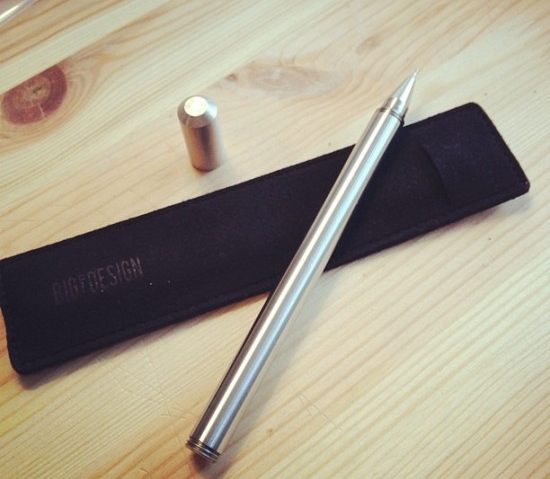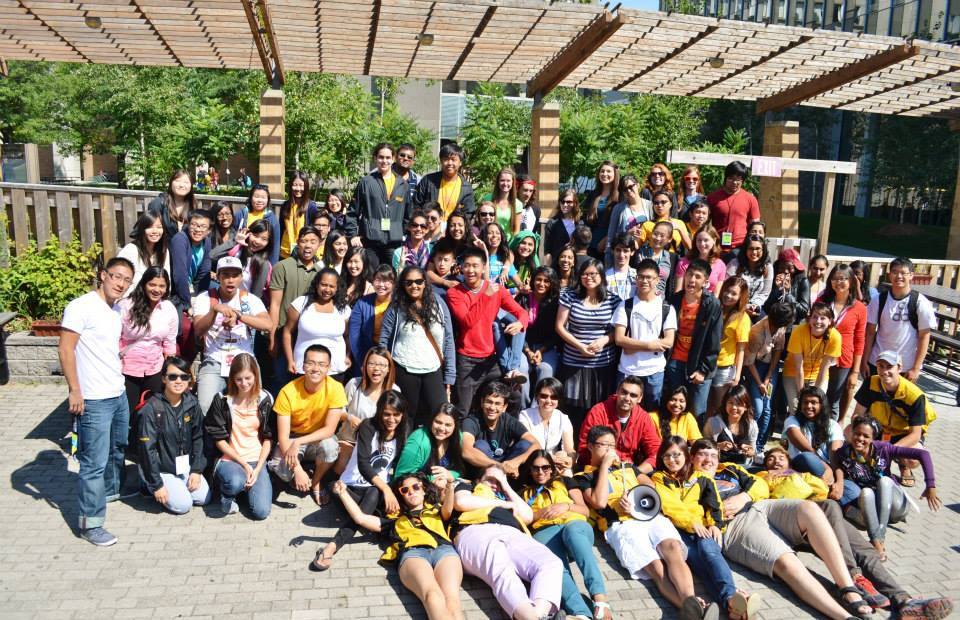Figure 2 illustrates the overall gender distribution of all staff in institutes and laboratories that are currently run by a Nobel Prize winning principal investigator. Women are underrepresented in doctoral and post-doctoral positions in a large majority of Nobel Prize winning labs reducing their overall opportunity to contribute towards research and innovation; and given the different perspectives that women bring, the quality of research and innovation suffers as well [12]. If detriments in research quality from excluding women are known then why is it that this effect is so pervasive in the meritocratic realms of academia?
II. Glass Ceilings and Maternal Walls
Nationwide tallies of female full professors in North America and Europe clearly indicate gender discrimination against women for faculty positions with increasing rates at more prestigious institutions [12, 15]. This discrimination may concomitantly be present at earlier stages of their scientific careers. A randomized application trial of otherwise identical CVs show substitution of male name with female name receive fewer call backs for hiring decisions [11]. A new study showing 71% of Postdoctoral fellows are picked from 16 elite institutions worldwide [1]. If the method for upward mobility in academia is to be a graduate student or postdoctoral fellow in such a school, the disparity of women at this level may explain the concentration of men in higher academic positions.
A PhD is an entry point into further academics or industry whereas post-doctoral fellowships emphasize grant writing and lab management skills that are critical for establishing a junior faculty's research program [13]. Scarcity of tenure tracked positions place a difficult choice for students to compete in saturated fields or become highly specialized further removed from the industrial canon [13]. Whereas hiring decisions for assistant professorships seem to be subject to gender bias, subsequent tenure appointments are given equally to men and women indicating the initial hiring from the postdoc pool is a bottleneck in the pipeline to tenure track faculty positions[6]. Figure 2 indicates postdoctoral hiring has a comparable gender bias as the hiring of entry level faculty positions seen in Figure 1. Although faculty hiring is much more extensive review of candidates, the combination of discrimination at postdoctoral and junior faculty hiring levels pose daunting challenges to women in an age where family establishment may also be an expectation[6].
Starting a family at this critical period can be disastrous to a woman’s ability to establish a work-family balance before entering academics. The married mothers of children who are too young for school are 35% less likely to get tenure-track jobs compared with married fathers of young children. However, unmarried childless women are 4% more likely to get tenure-track jobs than are unmarried childless men. At this professional turning point, family formation probably explains why many female scientists don't get tenure-track jobs. Only 3% of female graduate students had access to at least six weeks of unrestricted leave, 58% for female faculty suggest family formation and children compound the effects of the hiring bottleneck en route to faculty jobs [10].
III. Nobel Prize in Physiology and Medicine
Physiology and Medicine labs are the most egalitarian in terms of gender distributions of PhD/postdocs. Women Lag by 14%/23% on average in the labs surveyed as compared to their counterparts in chemistry and physic which have a 64%/63% and 52%/82% deficit. Biomedical and psychological research labs show equal entry into graduate school across North America and 14% calculated disparity may be a results of the small sample or a conditions in elite labs [9]. Greater prevalence in women in the field encourages prospecting graduate students to continue through modelling effects [16]. Regulations limiting the maximum hours per week for medical residents and increasing maternal recovery allowances have permitted many more women to enter the field of medicine [14]. MD postdoctoral fellows and MD/PhD students make up a large cohort of female entrants in North American institutes because individuals exist at a tipping point where gender bias no longer outweighs the strength of credentials [3].
Figure 3: Distribution of Males and Females in Technician, PhD and Postdoc positions in labs that have won the Nobel Prize in Physiology. Labs that did not have publicly available directories at the time of publication or had a principal investigator no longer serving in the lab, have taken an honorary position or are deceased are not included.











